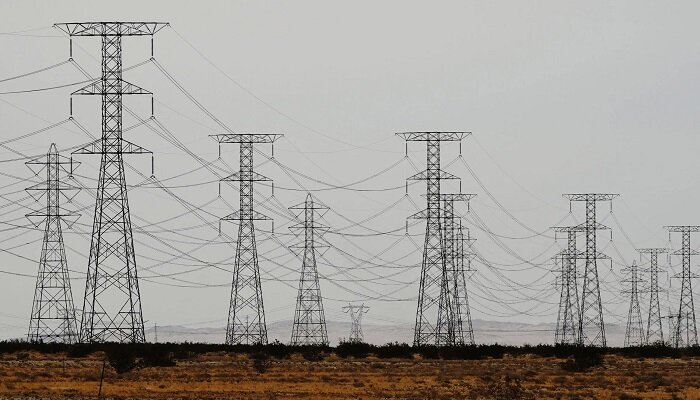In a recent paper published, modeling experts from the US Department of Energy’s Argonne National Laboratory and various other institutions have highlighted the pressing requirement for improved energy system models. Their primary aim was to disseminate valuable insights to researchers, regulators, policymakers, industry stakeholders, and funding agencies, shedding light on opportunities to enhance these models.
The swift adoption of new technologies like solar power and grid energy storage necessitates a profound transformation in the way electric grids are managed to accommodate these innovations effectively.
The paper’s primary focus centers on capacity expansion models, instrumental tools employed to simulate future grid scenarios and pinpoint optimal long-term investments. These models take into account a multitude of intricate factors, including emerging policies, technological advancements, and forecasts of electricity demand. Electric utilities rely on these models for strategic grid planning, while regulators and governmental bodies utilize them to evaluate the implications of new energy and environmental policies.
Among the challenges underscored in the paper, one significant issue is the inadequate consideration of state of charge, which represents the amount of energy stored in a battery at any given moment. By factoring in the state of charge, grid operators can assess whether energy storage systems possess the capability to respond to sudden demand surges, particularly during instances when wind and solar generation fall short of predictions. It is imperative that these models be enhanced to effectively monitor changes in the state of charge in response to evolving grid conditions.
Furthermore, the paper brings to light the tendency of most models to overlook supply chain challenges associated with the manufacturing of energy storage technologies. Identifying the most viable decarbonization pathways requires a comprehensive examination of global battery supply chains. In certain instances, modelers may need to limit the deployment of specific storage technologies in decarbonization analyses due to the volatility of these supply chains.
Lastly, the paper emphasizes the necessity for model improvements to ensure that the benefits of the transition to clean energy are equitably distributed across all segments of the population. Energy storage has the potential to promote equity by reducing energy costs in disadvantaged communities and bolstering their resilience in the face of extreme weather events.




































